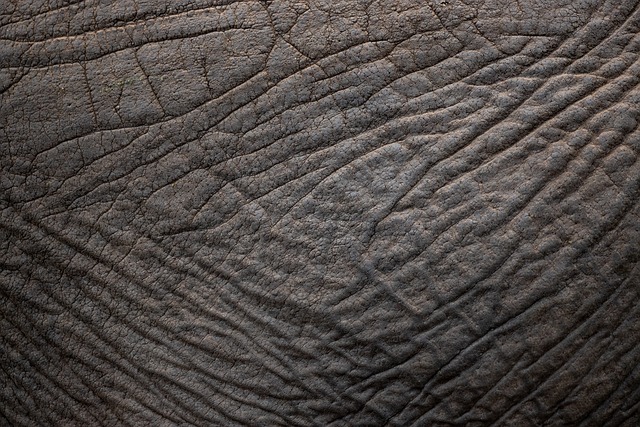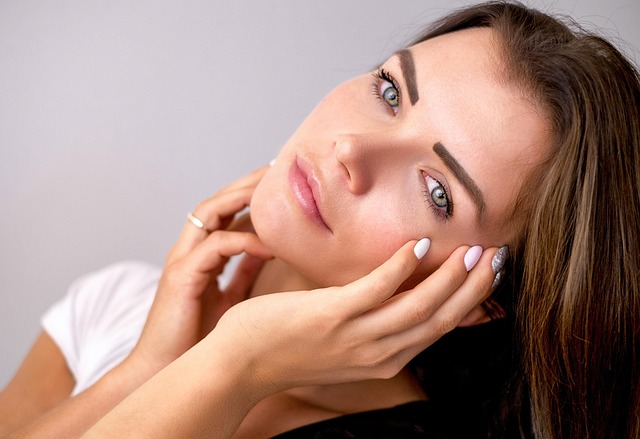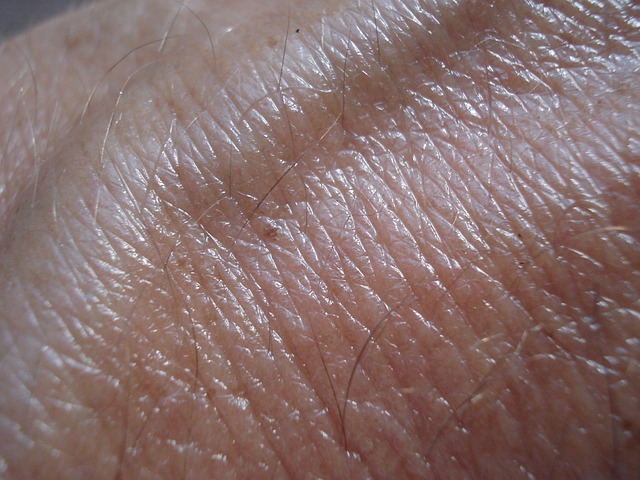RF Skin Resurfacing is a non-invasive aesthetic treatment using radiofrequency energy to stimulate collagen production, tighten skin, and reduce wrinkles. It offers precise targeting, minimal downtime, and safe results for various skin types. Ideal candidates have mild to moderate wrinkles, saggy skin, or sun damage, with healthy clear skin and no active acne. Temporary redness and swelling are common side effects that subside quickly with proper post-care, including sun protection and hydration. Regular maintenance is key to sustaining optimal results.
“Unveil a rejuvenated complexion with RF Skin Resurfacing—a revolutionary non-invasive procedure for wrinkle reduction. This advanced treatment utilizes radiofrequency technology to tighten and revitalize aging skin, offering a subtle yet effective alternative to surgical facelifts.
In this comprehensive guide, we’ll explore the science behind RF skin resurfacing, its numerous benefits, and what to expect during and after the procedure. From understanding candidate selection to addressing safety concerns, we’ve got you covered in navigating this transformative journey towards a youthful glow.”
Understanding RF Skin Resurfacing: A Non-Invasive Approach to Wrinkle Reduction

RF Skin Resurfacing, also known as radiofrequency skin tightening, is a non-invasive aesthetic treatment gaining popularity for its effective wrinkle reduction capabilities. This procedure utilizes focused radiofrequency energy to stimulate collagen production and improve skin elasticity. By gently heating the deeper layers of the skin, it prompts the body to create new, healthy collagen fibres, leading to a smoother, more youthful complexion.
Unlike surgical options, RF Skin Resurfacing is a minimally disruptive process. It involves no incisions or recovery time, making it an attractive choice for those seeking a non-surgical wrinkle solution. The procedure is typically well-tolerated, with most patients experiencing only mild temporary redness and swelling. This advanced technology offers a safe and effective way to combat the signs of aging, providing long-lasting results without the associated risks of more invasive procedures.
The Science Behind Radiofrequency (RF) Technology for Skin Tightening

Radiofrequency (RF) technology has emerged as a powerful tool in skin resurfacing for wrinkle reduction. The science behind it involves using targeted heat energy to stimulate collagen production and tighten loose skin. RF Skin Resurfacing works by sending precise radio waves into the deeper layers of the dermis, the skin’s second layer. This controlled heating promotes fibroblasts, the cells responsible for creating collagen and elastin, leading to improved skin texture and reduced wrinkles.
The process is non-invasive and safe for most individuals. Different RF frequencies are used for specific treatments, with higher frequencies offering deeper penetration for more severe skin issues. This technology also provides a more precise approach to skin tightening compared to traditional methods, ensuring targeted treatment while minimizing damage to the surface layers of the skin.
Benefits of RF Skin Resurfacing for Aging Skin

RF Skin Resurfacing offers a multitude of benefits for aging skin, making it a popular choice among dermatologists and cosmetic enthusiasts alike. By using radiofrequency energy to heat the deeper layers of the skin, this non-invasive procedure stimulates collagen production, a key protein responsible for maintaining skin elasticity and reducing the appearance of wrinkles. As a result, RF Skin Resurfacing can significantly improve skin texture, fine lines, and age spots, providing a more youthful and radiant complexion.
One of the standout advantages is its ability to penetrate deeper than traditional surface-level treatments, addressing not just the symptoms but also the underlying causes of aging skin. Moreover, it is a safe and effective alternative to surgical procedures, with minimal downtime and little to no scarring. This gentle approach makes RF Skin Resurfacing suitable for various skin types and conditions, ensuring that individuals can achieve their desired skincare goals while maintaining comfort and overall well-being.
Procedure Overview: What to Expect During and After Treatment

Skin Resurfacing, particularly using Radiofrequency (RF) technology, is a non-invasive procedure designed to reduce wrinkles and improve skin texture. During the treatment, a specialized device emits controlled radiofrequency energy to heat the deep layers of the skin. This prompts collagen production, tightens existing collagen fibers, and stimulates skin cell turnover. The process aims to smooth fine lines, improve skin elasticity, and enhance overall skin quality.
After the RF Skin Resurfacing session, you can expect some temporary redness and mild swelling, which typically subside within a few days. It’s crucial to follow post-treatment care instructions, including using gentle skincare products and avoiding sun exposure without protection. Most individuals experience minimal discomfort during recovery, and results may become visible as early as one week after treatment, with ongoing improvements over several weeks.
Candidate Selection: Who is a Good Fit for RF Skin Resurfacing?

Skin resurfacing with Radio Frequency (RF) technology is a popular choice for individuals seeking to reduce wrinkles and improve skin texture. The ideal candidate for RF skin resurfacing is someone with moderate to mild wrinkles, loose or sagging skin, or uneven skin tone caused by sun damage or aging. It is essential to have realistic expectations, as this procedure offers gradual results, enhancing collagen production over several weeks rather than providing immediate, dramatic changes.
Good candidates typically have healthy skin without active acne or certain skin conditions like eczema or rosacea. As RF resurfacing involves minor trauma to the skin’s surface, it may not be suitable for individuals with very sensitive skin or those who are immunosuppressed. It is crucial to discuss medical history and any concerns during a consultation with a qualified dermatologist to determine if RF skin resurfacing is the best course of action.
Safety, Side Effects, and Maintenance: Ensuring Optimal Results

Safety, side effects, and maintenance are key considerations when undergoing RF (Radio Frequency) skin resurfacing for wrinkle reduction. This non-invasive procedure uses targeted heat to stimulate collagen production, resulting in smoother, younger-looking skin. However, as with any aesthetic treatment, there are potential risks. Common side effects include temporary redness, swelling, and discomfort at the treatment site. While these usually subside within a few days, it’s crucial to follow post-procedure care instructions carefully to minimize complications.
To ensure optimal results and maintain the improved skin texture, ongoing maintenance is essential. This includes consistent use of sun protection, as UV exposure can impair collagen production and reverse some of the treatment’s benefits. Regular cleansing and hydration are also vital. Patients should discuss a suitable skincare regimen with their dermatologist to support the long-term health and appearance of their skin post-RF resurfacing.
